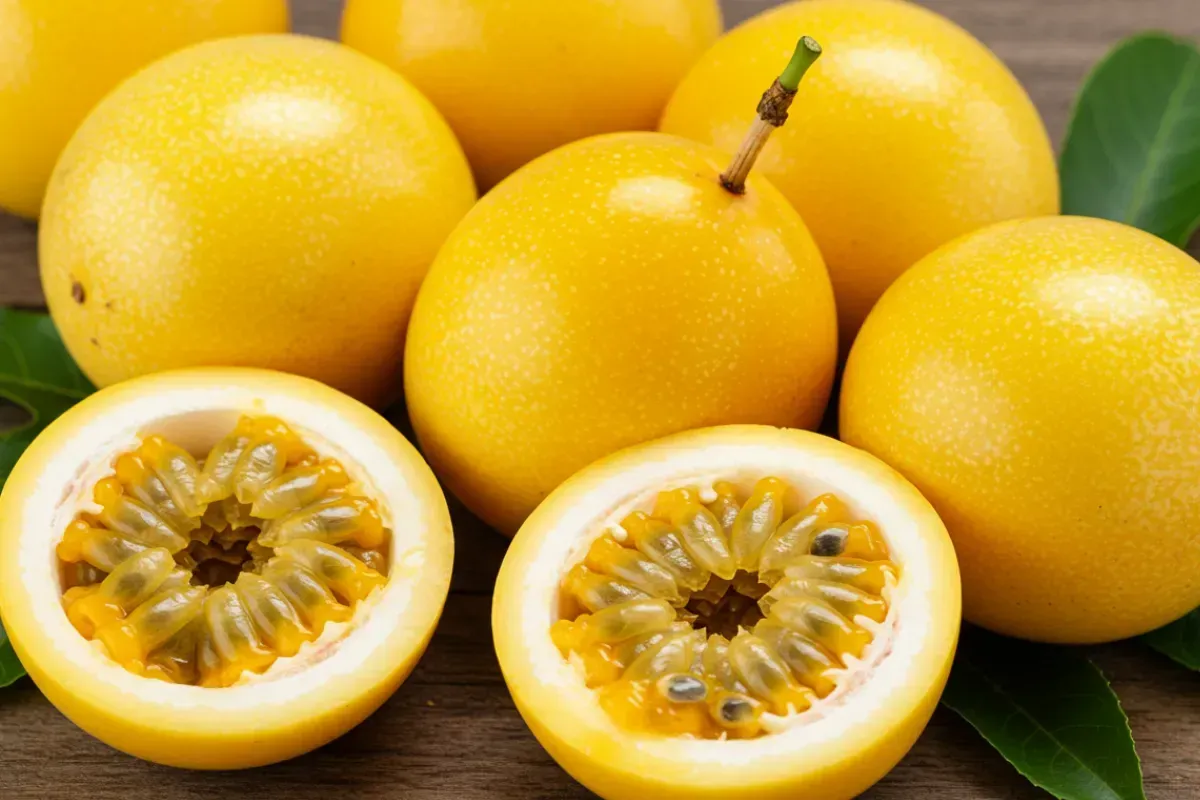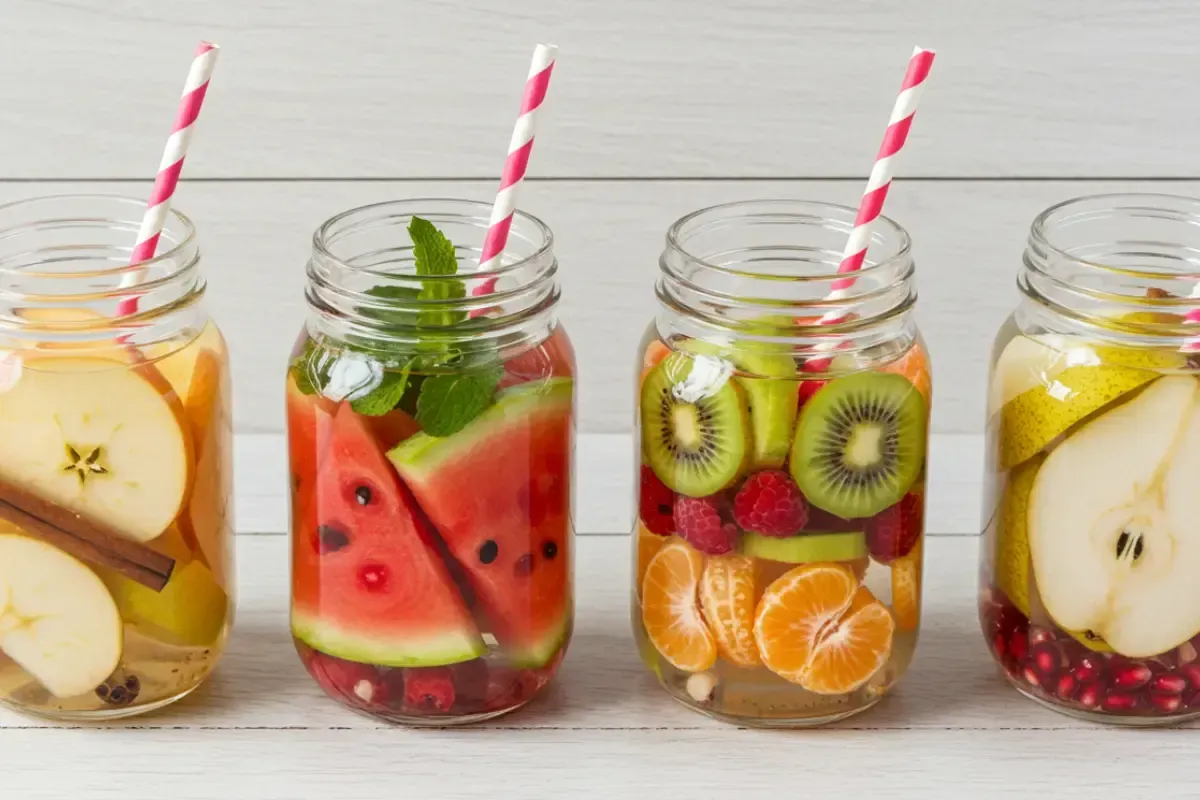Fruit drinks, innovative processes, and the future of the industry
Alimentos SAS • Apr 14, 2021

Today, fruit drinks include a wide array of products. From the ready-to-consume juice you can purchase at any supermarket to smoothies and even fruity sparkling water. This industry is continuously innovating to keep up with consumer’s evolving tastes and interests. Read on to learn more about its game-changing processes.
A glance at the fruit drinks market
Fruit drinks are non-alcoholic beverages obtained by processing different kinds of fruit according to precise standards to avoid fraud or misleading information during marketing (Gallo, et al., 2019). They are usually divided into two broad categories (Food Buddies, 2018):
- Non-carbonated drinks include ready-to-consume products (smoothies, juices, and nectars) and dilutable products (squash, cordial, concentrates).
- Carbonated drinks include fruit juice blends.
Frequently, fruit drinks production relies on purees, as they are the most cost-efficient and versatile ingredients available. Producers can create juice blends, juice drinks, juice beverages, nectars, and fruit punches, among others, from them (FAO, n.d.).
Purees retain taste and nutrients (such as vitamins and antioxidants) from fresh fruit, but are more efficiently handled in terms of logistics (Dohler, n.d.). As a result, they are useful when introducing new, innovative flavors into local or foreign markets.
Moreover, purees and juices can also go into alcoholic drinks. Through fermentation, they produce the likes of wine (Food Buddies, 2018). They can also be used to flavor party drinks. For example, they are often included in the making of simple syrup – a popular cocktail sweetener.
Market performance
According to market research company Imarc (n.d.), the world’s fruit juice market reached a volume of 11.6 billion gallons in 2020. The firm also expects it to grow steadily during the next five years, as people continue to shift from consuming carbonated beverages to natural-origin drinks.
In fact, industry player Tetra Pak forecasts a compound annual growth rate of 1% to 2% globally for the next three years (2020). Such performance has a lot to do with innovation. The fruit drinks business is implementing innovative processes to stay relevant and cater to consumer’s ever-changing needs and expectations.
Two major trends are currently in place. On one side, producers are finding new ways to tend to health-oriented consumers. On the other, they are actively aiming to raise the sustainability of their methods.
Making fruit drinks healthier through innovation
As people grow more aware of nutrition’s impact on overall health, their consuming habits and patterns adapt. Some ongoing industry trends regarding this phenomenon include low-calorie drinks and functional drinks.
Cutting down the sugar content
Imarc (2020) points out that fruit drinks manufacturers are making sugar-free products to expand their consumer base.
This move seems to follow suit with the soft drinks and still drinks industries shift toward low and no-calorie products. Recently, this category has taken up 24% of sales in Europe –even over 40% in some markets (Tetra Pak, 2020).
Companies are going down different innovation paths to reduce sugar content in their products. The International Fruit & Vegetable Juice Association’s Executive Director, John Collins, says vegetable juices and blends with fruit juices are a growing trend. This has to do with the fact that vegetable juices contain less sugar than fruit juices in general (Tetra Pak, 2020).
Others are decreasing the use of sugar in products by combining fruit juice with coconut water. For example, coming up with a formula of apple juice with less sugar and fewer calories than regular juices using this ingredient (Arndt, 2020).
Making value-added drinks
Value-added beverages bring more to the table than just a good flavor; they support physical and mental health. Here, innovation processes vary. Some cater to the snack drinks trend by including cereals, seeds, or proteins in fruit drinks (Arndt, 2019). Others promise enhanced nutritional value by mixing ‘super fruits’ into their products (Tetra Pak, 2020).
Further specialization has led to beverages with probiotics, stress-fighting herbs, and even CBD (Nettle, 2020). For example, United Kingdom’s Humphrey carries a drink with fruit juice and hemp extract. It contains non-psychoactive cannabidiol, said to help with anxiety, inflammation, and cramping (Arndt, 2020). It is currently available in four flavors that mix fruits, vegetables, herbs, and spices.
KPMG Insights predicts the global functional drinks market will reach 208 billion dollars in size by 2024. They estimate a compound annual growth rate of 8.6% between 2019 and 2024 (Nettle, 2020).
Keeping the juice worth the squeeze
Climate change, as well as customer’s concerns, have directed the fruit drinks industry to sustainability. Market intelligence agency Mintel has found that 53% of consumers in the United States favor environmentally friendly products (Nettle, 2020).
Here, innovation works mainly toward improving sourcing processes and energy and water use during production, packing, and transport.
The matter of water
Making juice and other fruit drinks is water-intensive. The Water Footprint Network (n.d.) reports that producing a glass of orange juice requires about 52 gallons of water, while a glass of apple juice takes 60 gallons. Such volumes have to do with water being close to 90% of a fruit beverage composition (Tetra Pak, 2020).
Besides, they also relate to how much water goes into growing, sourcing, and processing fruits. Nicholas Hodac, General Director at Europe’s soft drink organization UNESDA, says their member companies are innovating to optimize water use and appropriately treat wastewater (Tetra Pak, 2020). Some of them are replenishing considerable percentages of the water they use. Others are using wastewater from cooling and rinsing processes to clean vehicles and facilities’ floors.
Reducing energy use
Today, innovation also supports the quest for energy sustainability. Regulations and consumers’ concerns are pushing fruit drinks companies to tend to their carbon footprint. Most companies derive their carbon footprint from manufacturing, bottling, and transportation of products (Tetra Pak, 2020).
According to UNESDA’s General Director, businesses have reduced their CO2 emissions during the last decade by innovating with energy-efficient technologies in their plants (Tetra Pak, 2020).
Other lines of innovation
Notably, both big names and start-ups in the drinks market are releasing products with environmental-friendly packaging. They are often fully recyclable or made from sustainably sourced materials (Nettle, 2020.). Food and beverage companies look to plant-based packaging (namely, bioplastics) and edible packaging as promising options regarding sustainability innovation (Nicasio, n.d.).
On the other hand, more straightforward innovation can also curb the fruit drinks industry’s toll on the environment. For example, British Dash Water purchases fruit and vegetables rejected by supermarkets due to their appearance to infuse their products (Nettle, 2020).
Keeping tabs on innovation
Development and innovation departments sit at the very center of game-changing processes in every industry. These teams dedicate their everyday work to pushing the envelope to keep businesses at the forefront of their fields.
They are key, as they establish proved mechanisms to find solutions to arising issues (Day, 2020). Frequently, they also encourage improvement conversations throughout the organization. This practice creates a culture of change on top of fostering innovation as a collaborative process in the company (Nørgaard and Benn, 2020).
Since the results of transformational efforts are often long-term, R&D and innovation areas need to constantly engage in meaningful communication with their stakeholders (Nørgaard and Benn, 2020). As they yield transformation for companies’ businesses, they must showcase how.
As seen here, the fruit drinks industry is investing its innovation actions into catering to today’s consumer’s tastes. This has led them to concentrate on developing health-oriented products and sustainable processes.














